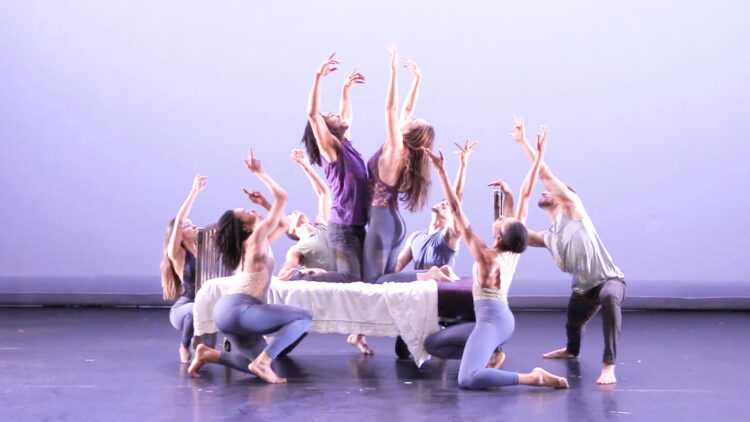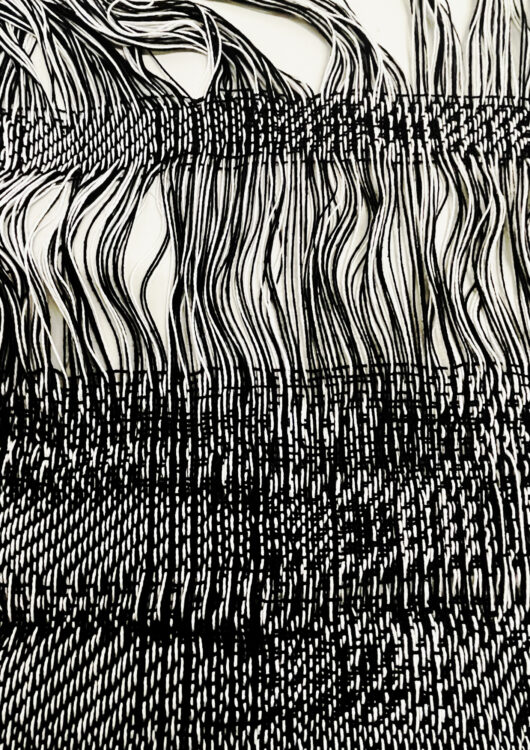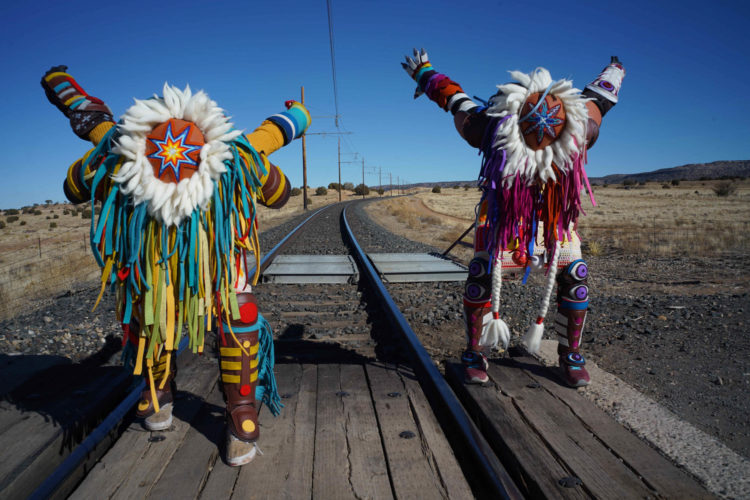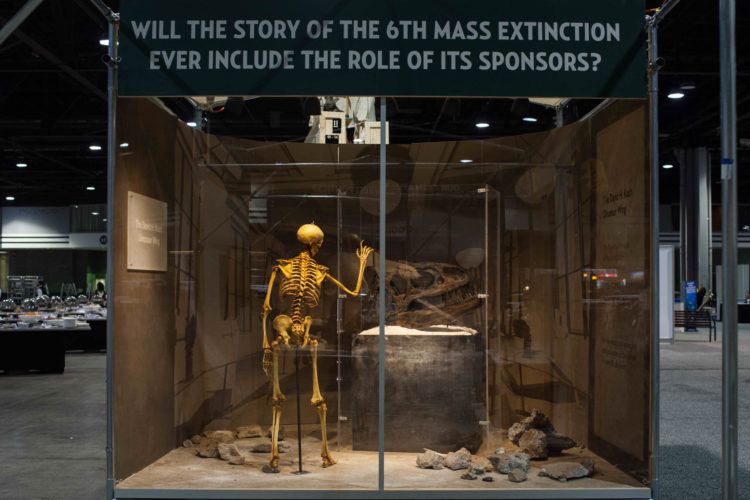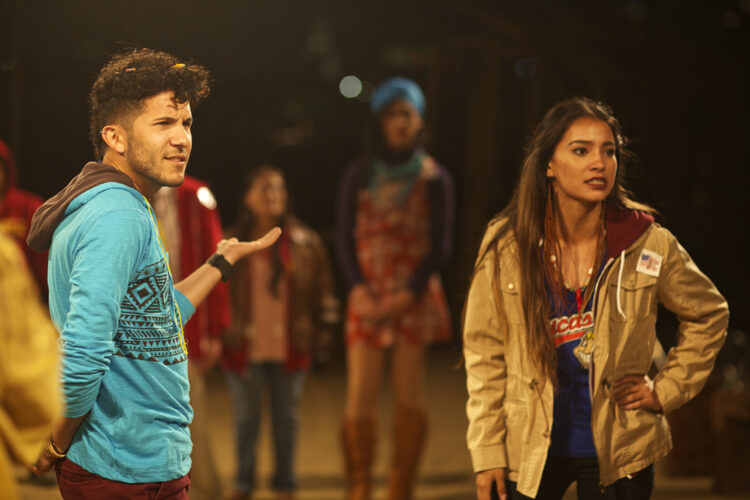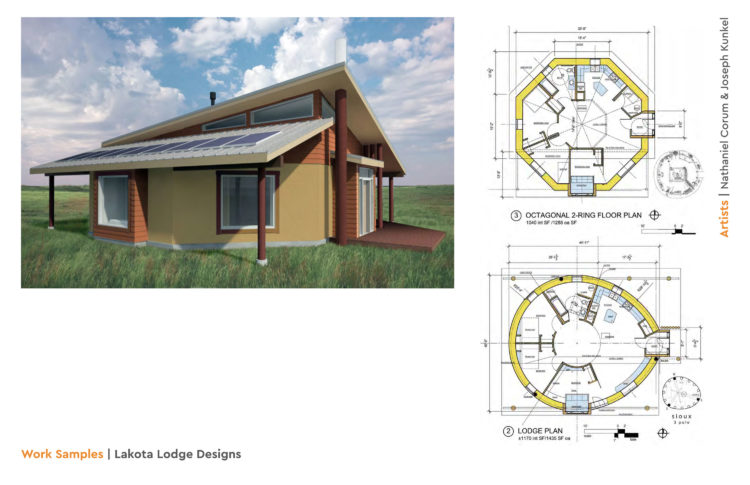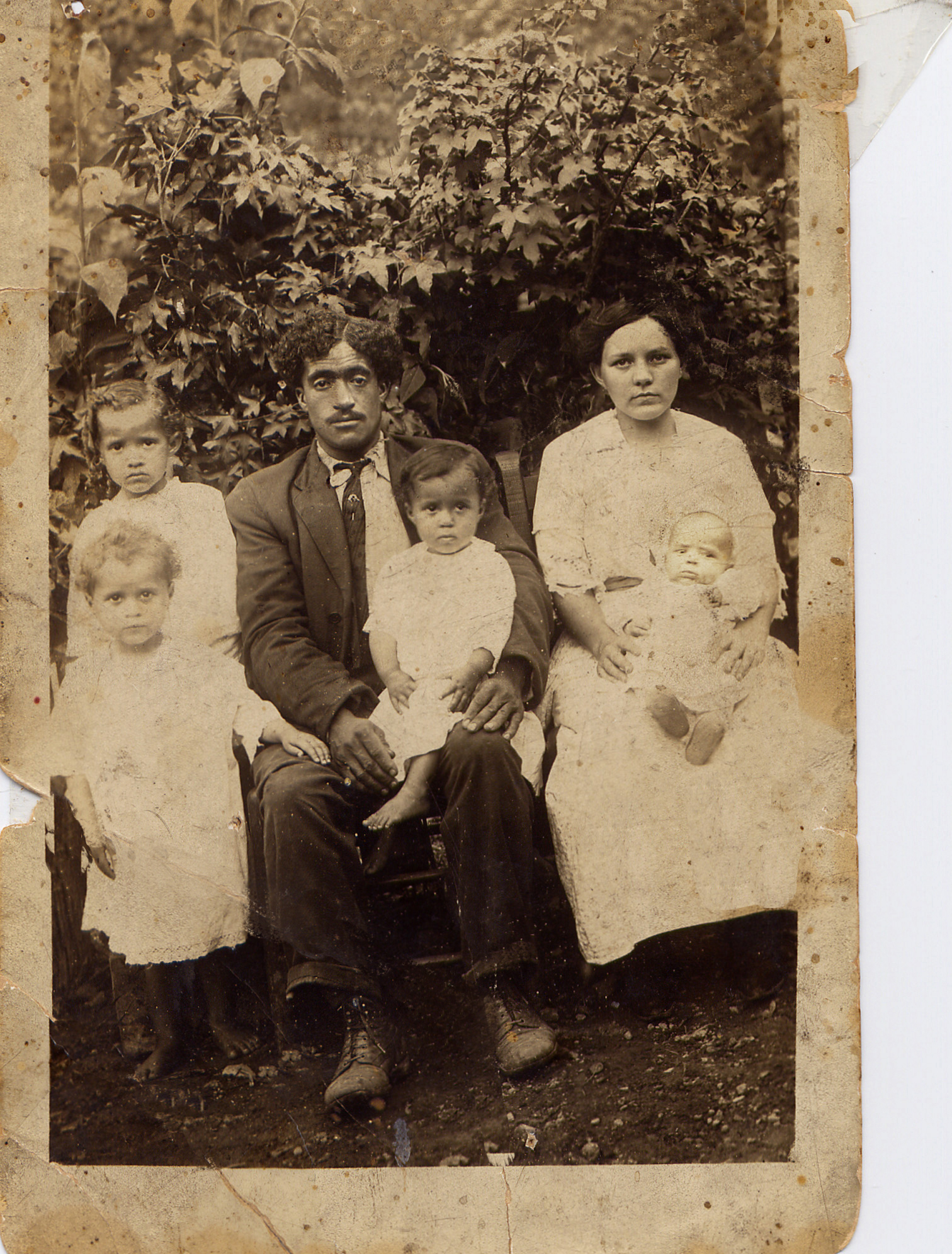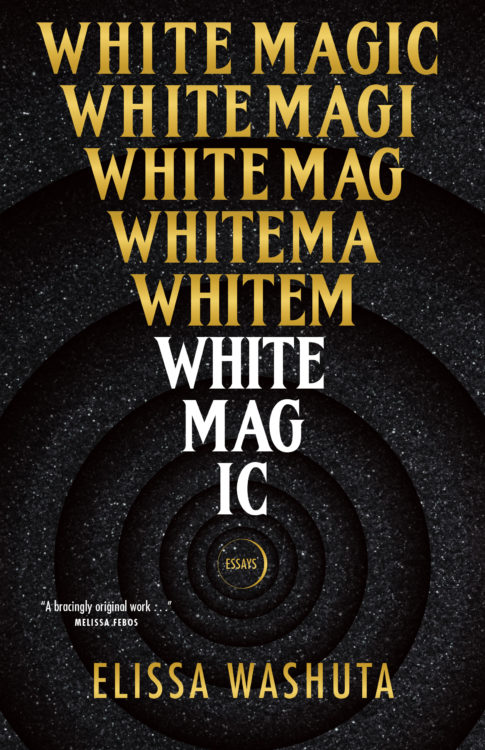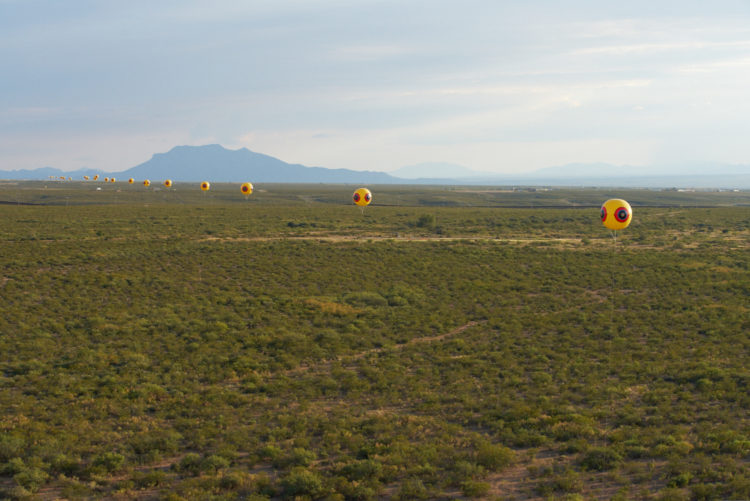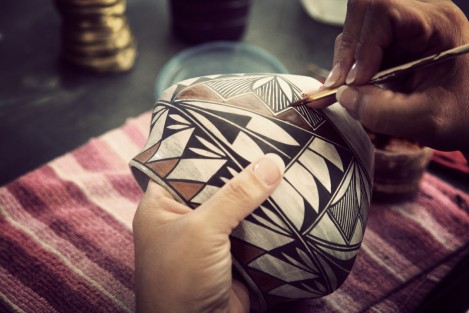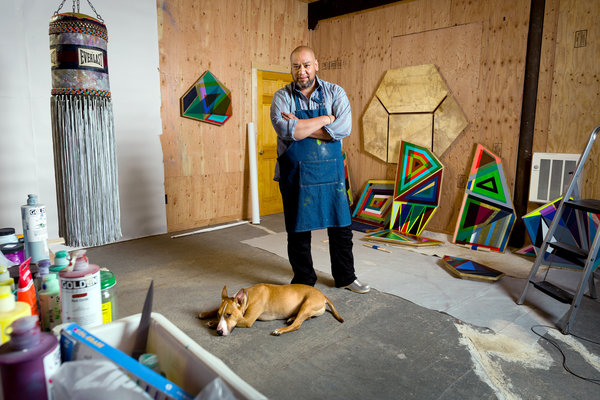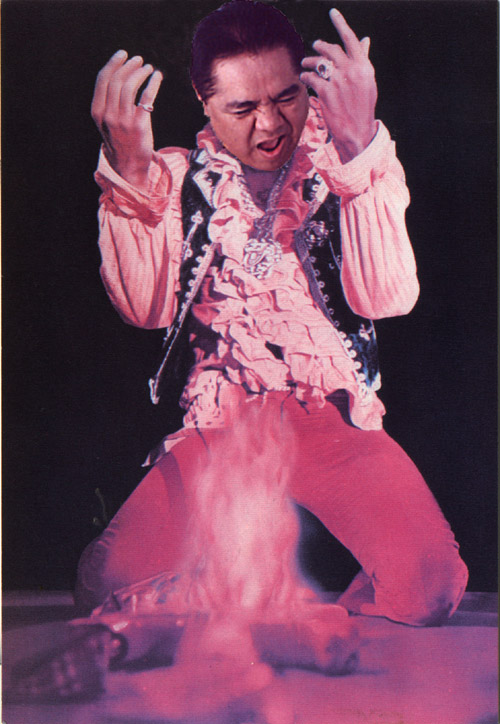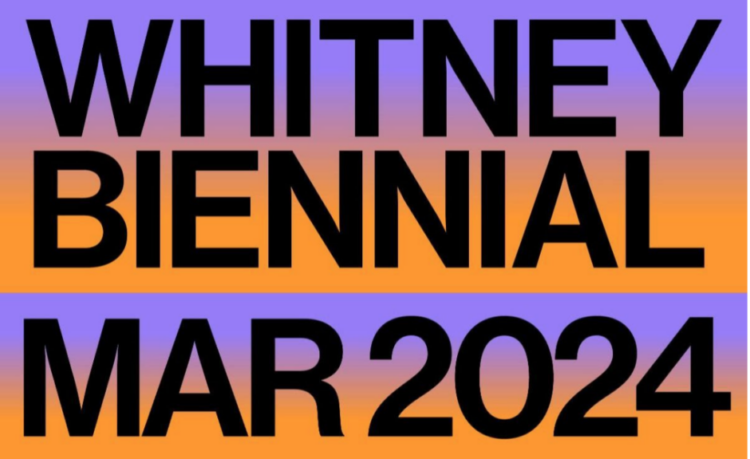Celebrating Indigenous and Native American Heritage Month

Image credits: 1. Buffalo Robes For Harvest The Hope by Steven Tamayo. Willie Nelson and Neil Young wrapped in Buffalo Robes, surrounded by Tribal Leaders. 2. Rehearsal still from TÁTAOTAO by Dakota Camacho. 3. Film still from Billy Luther’s Grab. 4. Performance still of Larissa FastHorse’s play. 5. Cover of Elissa Washuta’s White Magic. Image from TIME.
“As a Native contemporary artist and craftsperson of North America, I am motivated to reclaim and reframe a more accurate version of 21st century Indigenous culture and its powerful global relevance.” —Cannupa Hanska Luger (2020 Creative Capital Grantee)
This Indigenous and Native American Heritage Month, we are celebrating the richness of Indigenous culture and knowledge with a look at a diverse range of Creative Capital projects that amplify Indigenous voices. Creative Capital has supported Indigenous artists for over 20 years. Learn more about artists using performance, visual art, humor, and music to teach their traditions, activate communities, and reimagine futures.
| TÁTAOTAO Dakota Camacho (2022 Grantee) TÁTAOTAO is a dance work that creates a sacred space as a portrait of the world we want to live in. This project will involve Matao artists from Låguas and the Diaspora coming together to put their life stories in conversation with their ancestral stories of Creation, migration, and myth. Image: Rehearsal still from TÁTAOTAO by Dakota Camacho. |
| The ASL Dance Theatre Reimagining of Andrew Lippa’s WILD PARTY Brandon Kazen-Maddox (2022 Grantee) This performance aims to create a world in which authentically-represented Deaf and signing dancers lead the audience on a musical, textural, gestural journey through the seedy underbelly of the Deaf community during the prohibitive era of the roaring 1920’s. Image: Performance still of COME WITH ME by Brandon Kazen-Maddox, 2019. |
| N(8)tive Enough
Christopher K. Morgan (2022 Grantee) N(8)tive Enough is a dance-theater piece built from the personal stories of a Hapa-Hawaiian, hula, modern dance, kitschy pop culture images, and humor, asking audiences to reflect on what it means to be Native while highlighting the expectations, misperceptions, and misinterpretations of Native identity. Image: Performance still Pōhaku by Christopher K. Morgan. Photo: Brianne Bland |
| Standard Candle
Sarah Rosalena (2022 Grantee) Standard Candle rethinks astronomical observatory instrumentation through feminist and decolonial perspectives by using digital weaving and indigenous beading to reinterpret telescopic images in textile form. It’s a research-based project that encompasses an exhibition of digital weaving and indigenous beading; a companion virtual exhibition; and a symposium. Image: Performance still Pōhaku by Christopher K. Morgan. Photo: Brianne Bland |
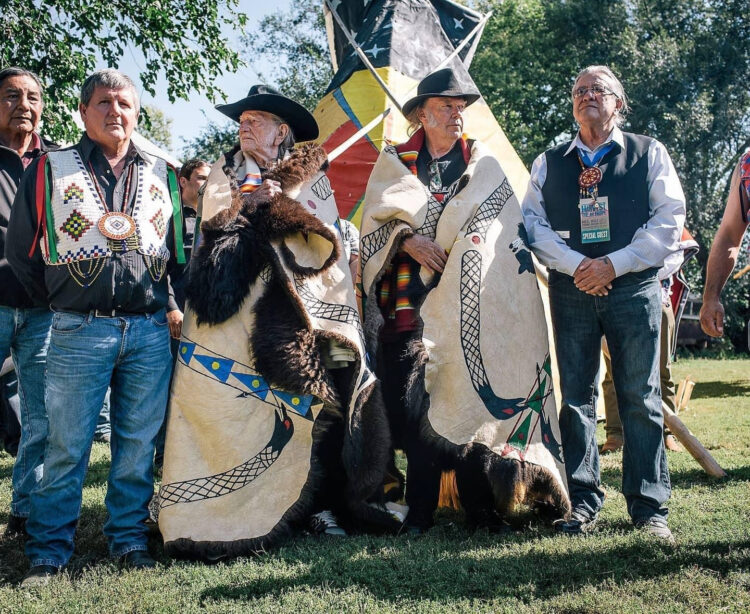 Image: Buffalo Robes For Harvest The Hope by Steven Tamayo. Willie Nelson and Neil Young wrapped in Buffalo Robes, surrounded by Tribal Leaders.
Image: Buffalo Robes For Harvest The Hope by Steven Tamayo. Willie Nelson and Neil Young wrapped in Buffalo Robes, surrounded by Tribal Leaders.
4 years
Steven Tamayo (2022 Grantee)
For Lakotas, art is an essential part of identity and how they pass on culture. Steven Tamayo and the Mní Wičhóni Nakíčižiŋ Wóuŋspe (Defenders of the Water School) will paint twelve traditional buffalo robes to help revive lost but essential pieces of Lakota culture.
| Nosferasta Adam Khalil (2021 Grantee) in collaboration with Bayley Sweizter Spanning 500 years of colonial destruction, Nosferasta is a vampire film and series of installations that tell the story of Oba, a Rastafarian vampire, and Christopher Columbus, Oba’s original biter, as they spread the colonial infection throughout the “new world.” Image: Film still from Adam Khalil and Bayley Sweitzer’s film, Nosferasta. |
| Eclipsing Shadows—We’aashar Moyookmok Mercedes Dorame (2020 Grantee) This immersive installation addresses contemporary interpretation of Native Tongva ceremony and our relationship to celestial movements, eclipses, and solstices. It includes the creation of a semi-enclosed, domed immersive space, recordings of Tongva music, photograms, and cast concrete sculptures. Image of Mercedes Dorame’s Eclipse. |
| Future Ancestral Technologies Cannupa Hanska Luger (2020 Grantee) Future Ancestral Technologies is an Indigenous-centered approach to making art objects, video, and performance with the intent to influence global consciousness using creative storytelling to radically reimagine the future. Moving science-fiction theory into practice, this methodology conjures innovative life-based solutions that promote a thriving Indigeneity. Performance still from Future Ancestral Technologies: The One Who Checks and The One Who Balances. Photo: Chip Thomas. |
| The Natural History Museum Presents: The Supreme Court of Red Natural History Judith Leblanc (2020 Grantee) in collaboration with Beka Economopoulos and Jason Jones The Natural History Museum is an ongoing art intervention that unleashes the power of museums, motivating them to act not as shrines to a civilization in decline, but as agents of change. This new exhibition assembles a collective of accusers within an authoritative architecture to put natural history on trial. Image of an exhibit at the American Alliance of Museums Annual Convention. |
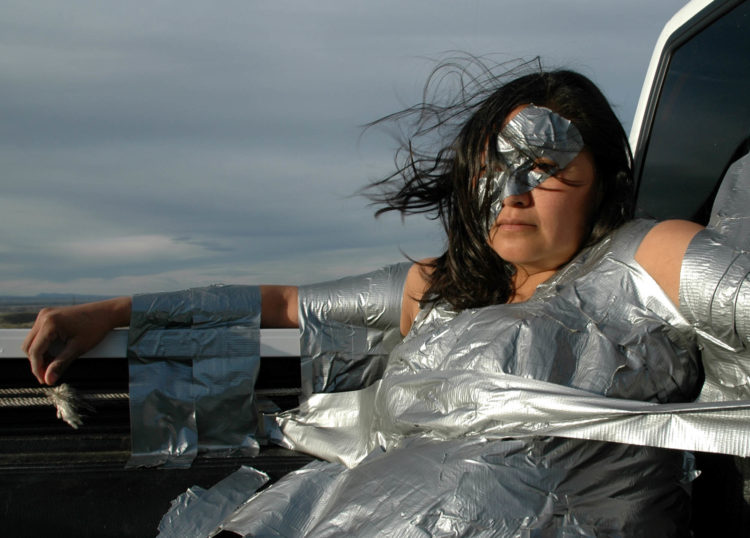 Legend V by Anna Tsouhlarakis.
Legend V by Anna Tsouhlarakis.
Indigenous Absurdities
Anna Tsouhlarakis (2020 Grantee)
In Indigenous Absurdities, Anna Tsouhlarakis collects Indigenous jokes and stories and deconstructs them as part of an investigation in reforming an understanding of Native American identity and expression. It combines multi-channel video, collage, and Native American oral traditions in an installation context to present moments of hilarity that highlight the complexity of Native individuals.
| Native Nation Larissa FastHorse (2019 Grantee) Native Nation is a community-generated and -performed immersive theatrical experience created through radical engagement with the Lakota communities of South Dakota. It combines long term community service with the Cornerstone methodology of creating theater through a Native lens to make work that is truly Indigenous and artistically excellent. Performance still from a play by Larissa FastHorse. |
| Place of Gathering and Reconciliation at the Fort Robinson Breakout Site Joseph Kunkel (2019 Grantee) in collaboration with Nathaniel Corum Elders and culture bearers of the Northern Cheyenne Tribe in Montana have asked Kunkel and Corum to collaborate in developing a culturally responsive design for the historic site of the Fort Robinson Breakout and Massacre. The artists listen, interact, and deliver a plan to activate the site for gathering, ceremony, and remembrance. Work samples for Lakota Lodge Designs by Joseph Kunkel and Nathaniel Corum |
| Black Mountain Women Martha Redbone (2019 Grantee) in collaboration with Aaron Whitby Black Mountain Women is a devised, interdisciplinary theater work about a woman who returns for a funeral on Black Mountain, Appalachia. As strip mining and environmental crises threaten her family, it moves between present day and dreams to a magical world where her ancestors and the tree spirits merge with the living, unearthing stories that change the lives of them all. Harlan County family picture. Courtesy Martha Redbone |
| White Magic Elissa Washuta (2019 Grantee) White Magic is a personal essay collection about heartbreak, sexual violation, and the artist’s process of becoming a powerful witch. Surrounded by cheap facsimiles of Native spiritual tools and occult trends, Elissa Washuta learns to embrace the spirit powers and desperation witchery of her dispossessed and discarded Cowlitz, Cascade, and Appalachian ancestors. Cover of Elissa Washuta’s White Magic. Photo from TIME. |
| Shore Emily Johnson (2013 Grantee) Shore is a multi-day performance/installation of dance, volunteerism, feasting and storytelling. It is a place audiences choose to visit once or many times, as participants or observers. Image from Shore by Emily Johnson |
| Repellent Fence Postcommodity (2012 Grantees) The Repellent Fence is the largest bi-national land art installation ever exhibited on the US/Mexican border, near Douglas, Arizona and Agua Prieta, Mexico. It comprises of 26 tethered “scare eye” balloons, ten feet in diameter, floating fifty feet above the desert landscape creating a temporary two-mile-long sculpture that intersects the US/Mexico border. Installation image of Repellent Fence by Postcommodity |
 Image by Teri Rofkar
Image by Teri Rofkar
Tlingit Superman Series
Teri Rofkar (2012 Grantee)
Using traditional Tlingit weaving techniques, Teri Rofkar wove modern composite materials into robes, drawing upon the tradition of robe-making for ceremonial use in Native American culture. Rofkar began fabrication on two robes: one bulletproof, woven from Kevlar; the second nano technology and changes color as it responds to movement. Rofkar passed away in 2016 before completing the project.
| Grab Billy Luther (2008 Grantee) The film Grab is an intimate portrait of the little-documented Grab Day in the villages of the Laguna Pueblo tribe, who annually throw water and food items from the rooftop of a home to people standing below. A community-wide prayer of abundance, thanks, and renewal, Grab Day exists at the intersection of traditional Native and contemporary Western cultures. Image by Billy Luther |
| Infinite Anomaly: Tahlequah, Oklahoma Jeffrey Gibson (2005 Grantee) Infinite Anomaly is a series of oil and pigmented silicone paintings and works on paper. It depicts an Arcadian and utopian ideal where nature exists, at least for a moment, free of human domination while allowing people to celebrate in sensuous and innocent abandon, a circumstance that can’t possibly sustain itself. Image of Jeffrey Gibson in studio |
| Surreal Post Indian Blues & The Origin of the Sun and the Moon James Luna (2002 Grantee) Surreal Post Indian Blues & The Origin of the Sun and the Moon is a performance work with video and music. A satiric subversion of Native American ritual and stereotype, the piece re-interprets images from mainstream popular culture, juxtaposing them with the reality of reservation life. Luna passed away in 2018. Image by James Luna |

